Where to Put your Investments for Maximum Tax Efficiency
I’ve been getting a number of emails from readers about dividend investing and which type of investment account to use for maximum tax efficiency. This article should help clear up some of those questions. This post has been modified and expanded but was originally written in 2009.
Efficiency is the name of the game not only with investing but with many aspects of life. For the next few moments, let’s focus on tax efficiency within your investment account.
Investors talk a lot about diversification and asset allocation, but what about portfolio allocation? That is, once the diversified investments are chosen, where do I put them for maximum tax efficiency?
Basically, portfolio allocation is the most tax efficient way to hold your securities based on the taxation of both the security and the account in the view that all your assets are a giant portfolio instead of multiple sub accounts. At least that’s how I define it. :)
Backgrounder on Investment Taxation
Let’s take a look at various investment instruments and their tax consequences:
- Canadian Dividends – Dividend tax credit makes Canadian dividend income relatively tax efficient in a non-registered (ie. taxable) account. The higher your income, the less tax efficient Canadian dividends become.
- Foreign Dividends – In non-registered accounts, foreign dividends are taxed 100% at your marginal tax rate (ie. if you are in the 40% tax bracket, you will pay $40 in tax for every $100 foreign dividend). In TFSA’s foreign dividends will face a non-recoverable withholding tax.
- Bonds/GICs/Money Market – In a taxable account, interest is taxed at 100%.
- Income Trusts/REITS – Income Trust distribution varies between capital gain, return of capital, interest, and dividends. Due to the mish-mash of distribution content and complications during tax filing, I keep my income trusts and REITs within a tax-sheltered account like an RRSP or TFSA.
Big Picture Portfolio Tax Efficiency
Before I get into where each investment belongs, there is a broader discussion of taxation of accounts after retirement. A number of people out there think that RRSPs are a scam or a rip-off. That is simply not true. There are groups of investors that would benefit from RRSPs (see below) and also some that will not benefit at all.
An RRSP is essentially a reverse TFSA (ie. RRSP you are contributing pre-tax, TFSA you are contributing post-tax). However, there is an exception. The big advantage of TFSA withdrawals are that they do not count towards government program thresholds (like guaranteed income supplement and old age security – avoiding clawbacks in these programs explained in links below).
Some general guidelines:
- If you are low income with savings, take advantage of TFSAs and avoid RRSPs (to reduce GIS clawback).
- If you are high income, take advantage of both RRSPs and TFSAs.
- If you expect a large government or other defined benefit pensions in retirement, maximize TFSAs before RRSPs (to reduce OAS clawback).
Maximizing Tax Efficiency in your Portfolio
Now that we have the big retirement picture out of the way. Let’s get down to the crux of the topic – where should you put each investment type?
As a general conclusion, you’ll want to maximize tax-sheltered accounts before putting investments within a taxable account.
Here is an example of an index investor with a simple portfolio that may consist of globally diversified index funds/ETFs, bonds, and cash.
RRSP:
- Fixed Income/Bonds/GIC’s
- Foreign Equities
- Income Trusts
- REITs
- Canadian Equities
TFSA
- Fixed Income/Bonds/GIC’s
- Income Trusts
- REITs
- Canadian Equities
Non-Registered:
- Canadian Equities (only if tax-sheltered accounts maxed out)
To get a little more specific, say the investor held: XIC (Canadian index), XUU (US index), XEF (International Index), VRE (REIT index), and VAB (bond index).
- XIC – Canadian Index (RRSP, TFSA or Non-registered if all others maxed out);
- XUU – US Index (RRSP);
- XEF – International Index (RRSP);
- VRE – REIT Index (TFSA); and,
- VAB – Bond Index (TFSA).
My Portfolio
My current investment accounts have quite a few holdings but are generally tax efficient. At a high level (this does not count my corporate portfolio):
- Foreign holdings and fixed income are within RRSP accounts (could also put bonds in TFSA).
- REITs and some high yield Canadian dividend stocks are held within TFSAs.
- Since our registered accounts are maxed out, we hold most of our Canadian equity exposure within taxable accounts.
You can see more of my portfolio contents here.
DIY Tax Software
The best DIY tax software in Canada – Wealthsimple Tax – will help you report your taxes efficiently and for cheap.
Final Thoughts
One word – efficiency! It generally makes sense to maximize your registered investment accounts before moving into taxable accounts. However, if you save more than your tax-sheltered accounts will allow, you may want to shuffle around your investment assets to minimize taxation where possible.
I've Completed My Million Dollar Journey. Let Me Guide You Through Yours!
Sign up below to get a copy of our free eBook: Can I Retire Yet?

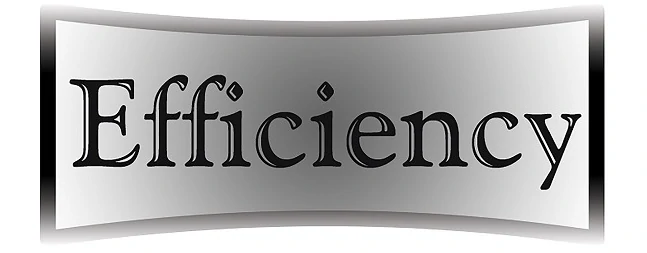
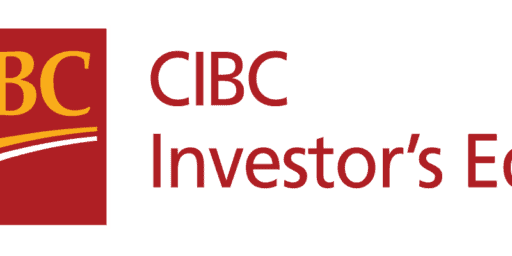


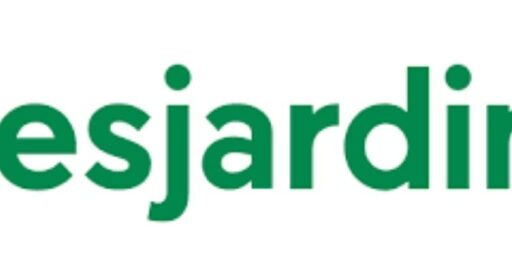
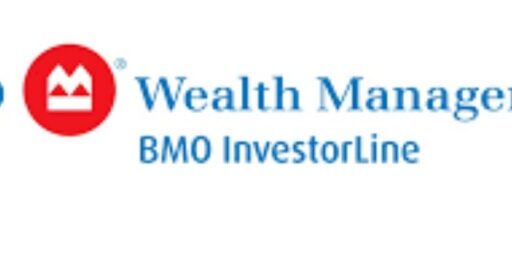


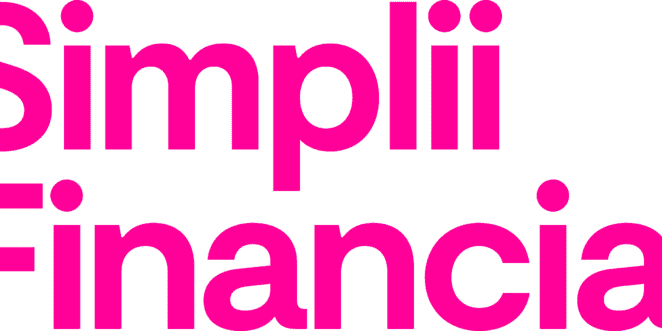

What about FHSA?
Stay tuned for next week’s article Leo!
Hi, I’m just curious if you recommend having a US margin (non-registered) account? If so, what would be best to hold in there with Tax efficiency in mind of course.
Great info .. !
I am a new resident in Canada, I still have no RRSP window, and only one year of TFSA window ($6000 for 2019). I am creating a new portfolio consisting of equities (canadian and international) and bonds/high dividend (canadian and international).
Which one of those instruments you think is better to put in the TFSA ? I am looking for long term compounding investment.
It seems to me that:
– Dividends from Canadian companies doesn’t have much tax effect
– Dividends from foreign companies are still taxed 15% in TFSA
– Foreign equities have taxable dividends and the volatility is not good in TFSA ( in case of capital loss)
– Canadian equities could be the best option, but still volatile.
any thoughts?
Welcome to Canada! To build a proper portfolio with diversification (sector and geographic), I would suggest that you look into the all-in-one ETFs. It will give you broad exposure, and it’s easy to manage. Here are more details:
https://milliondollarjourney.com/all-in-one-etfs-battle-vanguard-vs-ishares-vs-bmo.htm
Hi,
Thank you for the informative article.
In regards to the foreign withholding tax. Can you elaborate on whether this tax only applies to dividends or if it is also applied to realized gains in a registered account?
So in a scenario where one is holding a non-dividend paying US equity and it appreciates in value and the investor decides to sell thereby realizing the capital gain, would they have been better off holding the funds in a RRSP over a TFSA?
Wally, the withholding tax only applies to dividends within a non-registered account and TFSA.
So with your example, it wouldn’t matter if one was holding a non-dividend paying US stock within an RRSP or TFSA.
Thank you for the great article FT.
You recommended holding Canadian equities in non-registered accounts (once RRSP/TFSAs are maxed out). I would like to know how an index ETF like VFV is treated (where the ETF is bought and distributions are paid out in Canadian funds but the index itself is for US market S&P 500 – is this treated as a Canadian stock with the benefit of the dividend tax credit if placed in a non-reg. account?
A Canadian ETF that has US underlying holdings would have to pay tax like the holding US stocks directly (within a non-reg account). In the case of VFV (SP500 index), the dividends would face taxes at your marginal tax rate.
All ETFs have their own way to pay investors and often it will be in the form of distribution and not dividend as you may assume. A distribution is composed of one or more of the following:
– Dividend
– Return of Capital
– Foreign Interest
– Interest
Each ETF regardless of the company should have details on the distribution. Here is a link to VFV itself.
https://www.vanguardcanada.ca/advisors/adv/en/product.html#/fundDetail/etf/portId=9563/assetCode=equity/?prices
I have rarely seen an ETF pay a dividend, I believe most pay a distribution because of the buy and sell they do inside. It would sometimes have to do with interest on the cash portion, or profits. The higher the yield, the more chances it’s complicated.
In general, it’s an accounting nightmare outside of a registered account if the ETF has ROC (Return of Capital) as it technically decreases your purchase price and you have to take that into account when you sell for your capital gains.
All ETFs disclose their policies on distributions. Most pay a distribution and not a dividend.
VFV details can be found here: https://www.vanguardcanada.ca/advisors/adv/en/product.html#/fundDetail/etf/portId=9563/assetCode=equity/?prices
Hey FT, you recommend holding an international (not including US) such as XEF in you RRSP. Is there any difference holding this in either your RRSP and TFSA? My understanding is that it would be subject to withholding tax either way.
Andrew, XEF is fine in either an RRSP or an TFSA. Check out this post by Canadian Couch Potato: http://canadiancouchpotato.com/2016/07/11/foreign-withholding-taxes-revisited/
Hi there,
With the passive income rules regarding corporations. Has your approach to saving within your corp and investing changed? What would be your recommendations for tax efficiency within a corporation (assuming already maxed out TFSA and taking some salary for optimizing RRSP to some extent and being able to collect CPP later on). Thanks for your insights Sue
No changes so far since we are no where close to the 50k passive income threshold . If you are getting close to that threshold you may want to look at investments that pay lower distribution. Take a look at this:
https://milliondollarjourney.com/a-super-tax-efficient-index-etf-portfolio-for-your-non-registered-account.htm
Great summary!
Note that if you hold U.S. stocks in a taxable account, they are subject to a 15% withholding tax (although in most cases you can get a Canadian income-tax credit to offset that tax). However, if you hold U.S. stocks in an RRSP, no taxes are withheld at all.
Thanks for the tips Trang!
I had a discussion with an accountant a while back regarding REITs in a non-registered account. Technically, due to the return of capital included in many distributions, you end up with a potentially more favorable tax rate when all is calculated in a non-registered account since you convert the distribution to capital gains. Obviously, it doesn’t beat no tax but when it comes to choosing your holding location within a taxable account, REITs may be more favorable to dividend stocks. Again, compare the amount you get as a stock with 1% yield cost a different amount than 5% yield in taxes.
A REIT can provide interest, dividend, ROC and even foreign dividend. ROC can be a major part of the distribution which technically converts your distribution into future capital gains. Since the capital gains tax rate is the most favorable tax rate of all, there should be a consideration to have your REIT in a non-registered account over regular stocks.
See the tax breakdown of RioCan where sometimes over 50% of the distribution is a ROC (Reduction in Adjusted Cost Base). 50% of the distribution actually reduces your stock purchase price.
https://investor.riocan.com/investor-relations/distribution-info/income-tax-information/default.aspx
Accounting for REITs or Income Trust in a non-taxable account is not simple. Be ready to track it properly or use an accountant.
Thanks for the tips . One thing though about roc is that it’s a pain to track in a non registered account. I’m a big fan of keep it simple .
Agreed on the tracking :)
I actually have no REITs in my portfolio. There is better return elsewhere.
This is how I do it:
TFSA – passive aggressive – all of your stocks, well diversified. XAW and ZCN.
RRSP – US and International equities are great here if you use ITOT/VTI and VXUS or VT to save on foreign withholding tax. Bonds are okay in an RRSP as well.
Non-registered – tax-efficient bonds that have lower income and lower capital gains. I like using HBB, but if you don’t like the total-return swap, then ZDB. Once you’ve put your tax efficient bonds in a non-registered, Canadian stocks can go in.
RESP – needs to be it’s own complete portfolio, if you’re at TD, use the 4 TD e-series, otherwise use VGRO/VBAL/VCNS depending on how many years left and switch to GICs near the end. Use a discount broker without ETF trading fees.
Thanks for sharing Eng Phys, looks like you have your portfolio under control!